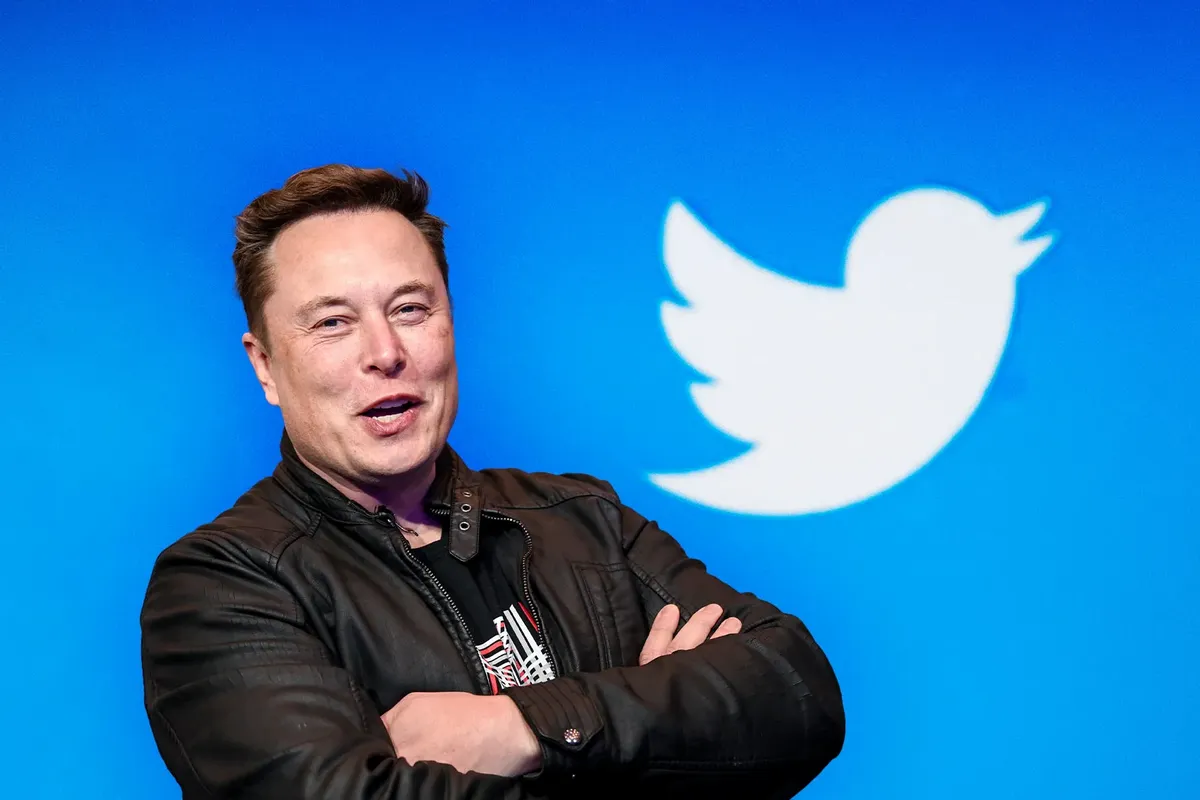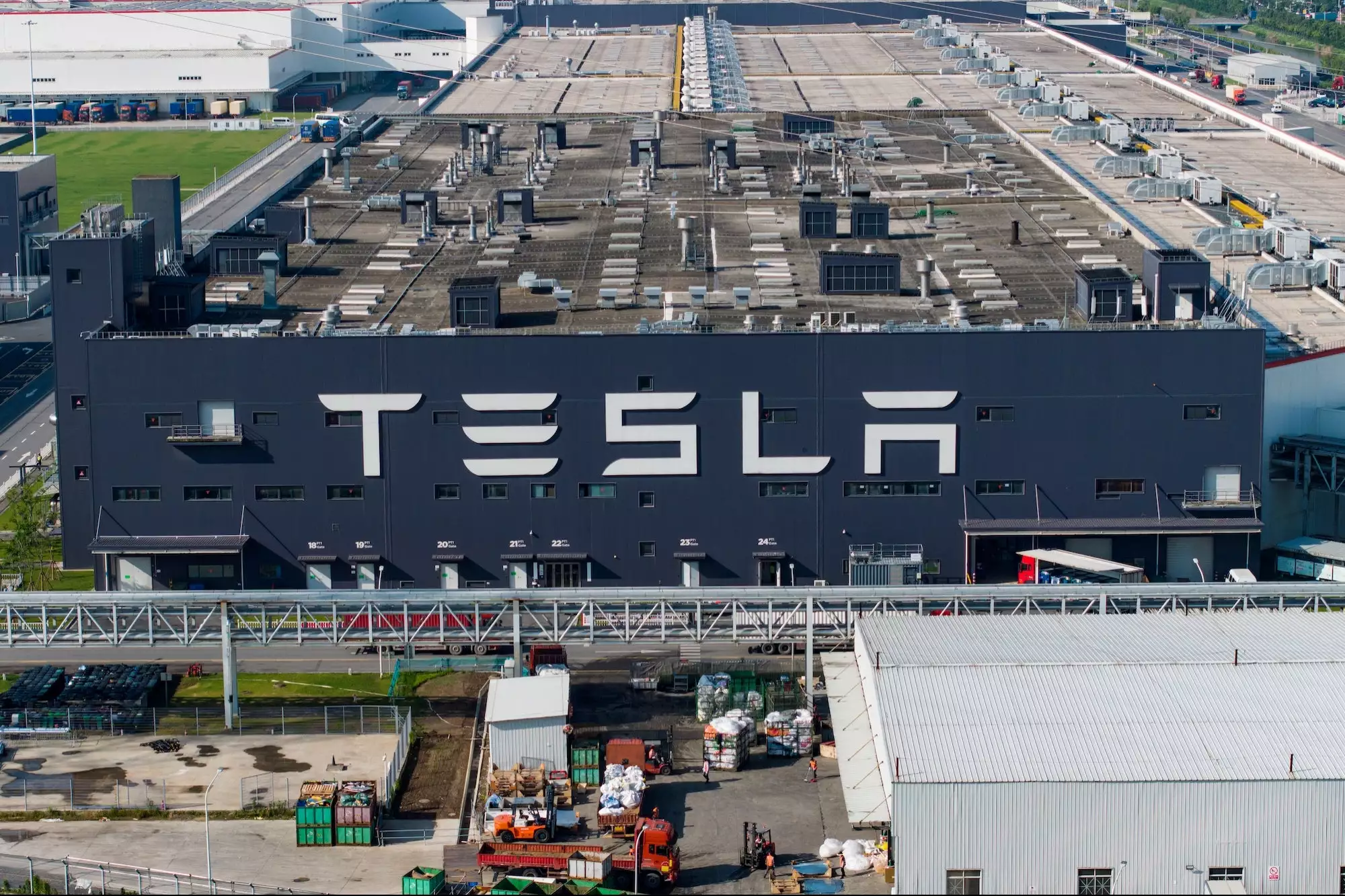Twitter’s plan to remove blue check marks for verified accounts is causing concern among celebrity contributors who fear potential impersonation. Previously, Twitter verified notable accounts by adding a blue check mark next to the user’s name. However, starting from April 1, users will need to purchase a monthly subscription for verification, which costs $8 to $11, depending on whether it is paid via mobile or web browser. This new subscription program, called Twitter Blue, includes additional features, such as the ability to edit tweets.
Elon Musk, who acquired Twitter last year, recently announced that, starting from April 15, only verified accounts will be eligible for promotion in Twitter’s algorithmic recommendations. However, Musk later modified this rule to include accounts that users follow in the algorithmic feed, following criticism from many users.
While the previous verification system was designed to confirm the authenticity of public figures’ accounts, the blue check mark became a sought-after symbol for many users, combating impersonation and making Twitter an attractive platform for public personalities. The new system aims to increase Twitter’s subscription revenue and has sparked a new wave of complaints, particularly from high-profile accounts, such as actor Jason Alexander, who threatened to leave Twitter if he loses his check mark, citing concerns about impersonation.
Some experts warn that the new system may alienate high-profile users, who bring star power and influential commentary to the platform. Jason Goldman, an early Twitter product chief and board member, who worked on Twitter’s original verification system, said, “Those people are like, ‘I’m actually building value for your network, and now you’re making it feel to me that I’m just someone you can charge.'”
According to a blog post from 2009, Twitter introduced verified accounts to address concerns about impersonation. One such incident involved Tony La Russa, who sued Twitter after an impostor account made jokes about the deaths of former major leaguers. Although La Russa later dropped the suit, Twitter’s rules now prohibit impersonation with exceptions for parody.
When Elon Musk first attempted to relaunch Twitter Blue in November, many users exploited the check marks to pose as celebrities and brands, causing confusion. Twitter has since added safeguards to combat impersonation, including requiring subscribers to confirm their phone numbers and avoid changing their profile photos or usernames.
Twitter also recently launched Verified Organizations, a subscription program for businesses that costs $1,000 monthly, plus $50 per month for each affiliate account in the US. Businesses receive a gold check mark and square profile image instead of the typical circle.
Some high-profile users have expressed concerns about potential impersonation, with William Shatner stating on Twitter that blue check marks are “guardrails to legitimacy; not meaningless status symbols.” Monica Lewinsky, who has 1.2 million followers, recently complained about an account labeled with a check mark under the username @Monicalewinskai, which had subscribed to Twitter Blue.
Ms. Lewinsky tweeted her concerns about the potential consequences of impersonation on Twitter. The account in question, @Monicalewinskai, which is labeled with a check mark due to its subscription to Twitter Blue, has since clarified in its bio that it is “not actually Monica Lewinsky.” In response to The Wall Street Journal’s inquiry, the account’s user, who only provided his first name as Aidan, stated that he chose the username because he had used it in videogames before and not to impersonate Ms. Lewinsky.
For many Twitter users, the blue check mark was a coveted symbol of status, according to social-media consultant Matt Navarra. However, the introduction of Twitter Blue’s subscription program has caused controversy, with some claiming that it will diminish the significance of the check mark. Despite this, Navarra, who writes a newsletter on the social-media industry, has subscribed to Twitter Blue to boost the visibility of his tweets.
Paid subscriptions are becoming increasingly popular among social-media platforms as they seek new revenue streams to counter the slowdown in digital advertising. Facebook, Instagram, and Snap are among the other platforms that offer subscription programs. Twitter Blue currently has up to 525,000 subscribers, according to software developer Travis Brown.
Legacy verified users of Twitter have criticized the subscription program, with some stating that they no longer want their check marks because they disagree with Elon Musk’s actions and do not want to be associated with him. However, Musk and his supporters argue that Twitter’s legacy check marks are a symbol of classism and that the subscription offers value for money.
Taylor Richardson, a college student who advocates for more Black scientists to be verified on social-media platforms, argues that verification offers more recognition and a stronger voice on social media. She stated that she would not pay for something she has earned, proved, and continues to work hard for.







